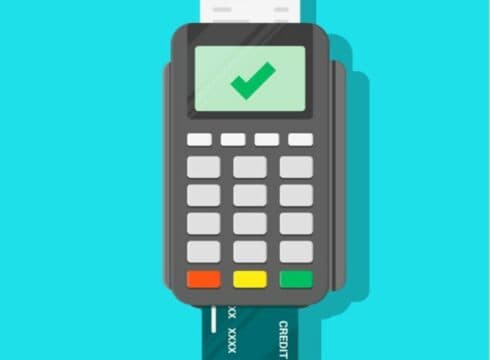Rural India is projected to have 304 Mn monthly active internet users by the end of 2020
Rural businesses have been relying solely on banks for payment transactions
UPI completed $10 Bn transaction in 2019 alone
Inc42 Daily Brief
Stay Ahead With Daily News & Analysis on India’s Tech & Startup Economy
Much has been said about the disastrous impact of coronavirus on the business environment. Companies across the globe have been confronted with an uncertain economic future, reeling under the pressure of declining revenues, changing consumer behaviours and the volatility of financial markets.
While companies across all verticals have incurred humungous losses, the coronavirus crisis has left rural businesses and micro, small and medium-sized enterprises (MSMEs) in the lurch. In India, the nationwide lockdown imposed to rein in the pandemic has further added to the challenges faced by organizations operating in the country’s hinterlands. With stringent social distancing measures in place, there have been serious disruptions in their cash flow.
This is because rural businesses have been relying solely on banks for payment transactions despite the government’s efforts to accelerate the adoption of digital payments outside urban settings. Unfortunately, banks do not have many branches in rural areas. Hence, while cash has so far remained the preferred mode of transaction amongst rural merchants, the outbreak of novel coronavirus is now necessitating a shift towards digital payments.
The Scope For Digital Payments In Rural India
According to market research company Kantar, rural India is projected to have 304 Mn monthly active internet users by the end of this year. The report, titled ICUBE, further revealed that there had been a staggering 45% growth in the monthly active internet users in rural India in 2019. These numbers are a clear indicator of the fact that there is huge scope for digital payments across small towns and villages in the country.
However, the challenge lies in providing rural businesses with access to a payments platform that can facilitate fast, secure and seamless high-value transactions digitally, especially in this period of lockdown. The need of the hour, therefore, is a well-coordinated, concerted, effort from the government, policymakers and fintech companies to drive digital payments.
Government-Led Initiatives Paving The Way For Increased Digitalization
If Prime Minister Narendra Modi’s decision started the digital payments revolution in India, it was the launch of UPI (Unified Payment Interface) that fuelled the revolution further. The real-time, seamless payments system developed by the National Payments Corporation of India opened the doors for large-scale adoption of digital payments across India, including the remote corners of the country. Among other advantages, the interoperable feature of UPI makes it best suited to the population residing in rural India.
The success of UPI has been massive, with total transactions worth $10 billion completed in 2019 alone. With respect to the current circumstances, UPI-based transactions and digital payments, in general, are likely to see a jump due to the government’s push to promote contactless payment methods as well as the fear that physical currency can be a potential carrier of the deadly coronavirus. While this shift will mostly be led by individuals, businesses in rural India will also be benefitted immensely.
Fintechs Are Playing An Important Role
Along with the government, fintech firms in the country have stepped up to the challenge of empowering rural businesses digitally and financially amidst the lockdown. Some companies have modified their existing services or come up with novel solutions that specially cater to the needs of the business community based out of villages. For example, they are leveraging their network of Aadhaar Enabled Payment System (AePS) and mATM at retail points to help users carry out transactions without, thereby eliminating the requirement to visit the physical branches of a bank.
Another innovation offered by fintechs is the provision to make offline-to-online transactions, which is particularly useful for rural businesses that lack direct digital access. Other innovative solutions include mobile vans with inbuilt mini ATMs and bill payment kiosks, handheld PoS machines, and soundwave technology-based payments, to name a few.
Growing internet penetration in rural India sets the stage for increased adoption of digital payments beyond the metros and large cities. With a strategic, collaborative approach from all stakeholders in the payments industry, this will lead to the creation of a robust community of rural merchants and business owners who are both digitally and financially empowered, and better equipped to recover from the crisis.
{{#name}}{{name}}{{/name}}{{^name}}-{{/name}}
{{#description}}{{description}}...{{/description}}{{^description}}-{{/description}}
Note: We at Inc42 take our ethics very seriously. More information about it can be found here.


